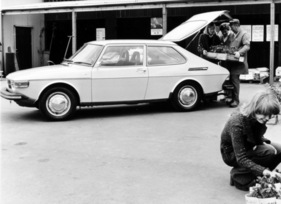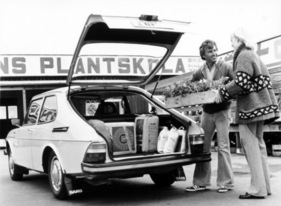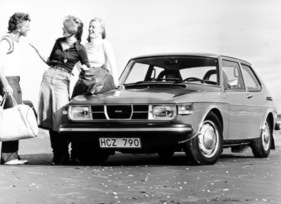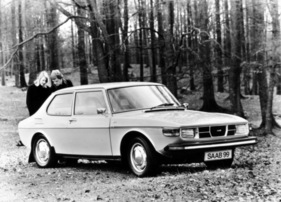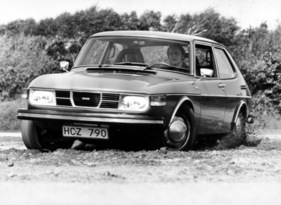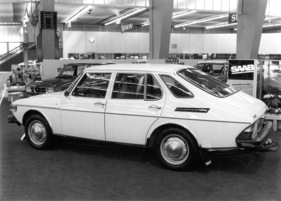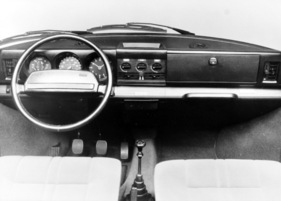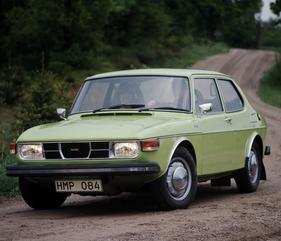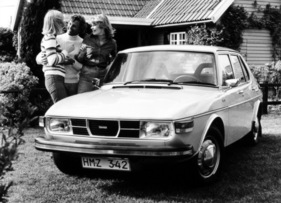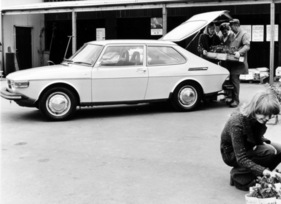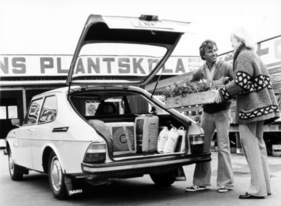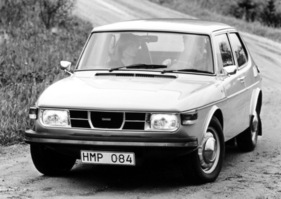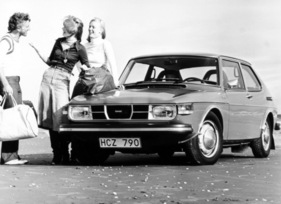Legend and truth - Saab 99 GL/S in the (historical) test
Summary
On the German market, the Swedish loner was one of those cars that rarely appeared on the roads. Although the Saab 99 GL was regarded as a solid car, a glance at the price list gave many people a fright. Only a thorough study of the standard equipment gave an indication of the high prices. The 1976 test explains this in more detail.
This article contains the following chapters
- Prices: Only seemingly high
- Models: Clear program
- Equipment: With sweets
- Operation: with pitfalls
- Plus points
- Minus points
- mot overall verdict
- Technology
- Technical data
Estimated reading time: 9min
Preview (beginning of the article)
On the German market, the Swedish loner is still one of those cars that rarely appear on the roads. Around 1400 cars found a German buyer in 1975, and the trend is rising. The Saab 99 is considered a rock-solid but rather expensive car. If cars can be considered typical products of the national mentality, then the Saab 99 is a classic example. The Swedish welfare state pushes models in a prescribed direction. The car can be expensive, but must last a long time. Strictly monitored speed limits degrade the top speed to a paper value. The Saab equipment is characterized by a pronounced safety mindset, from the flexible bumpers to the standard automatic seat belts for the rear passengers. Large wheels, front-wheel drive and a sophisticated heating system suit the arctic winter.
Continue reading this article for free?
Photos of this article





